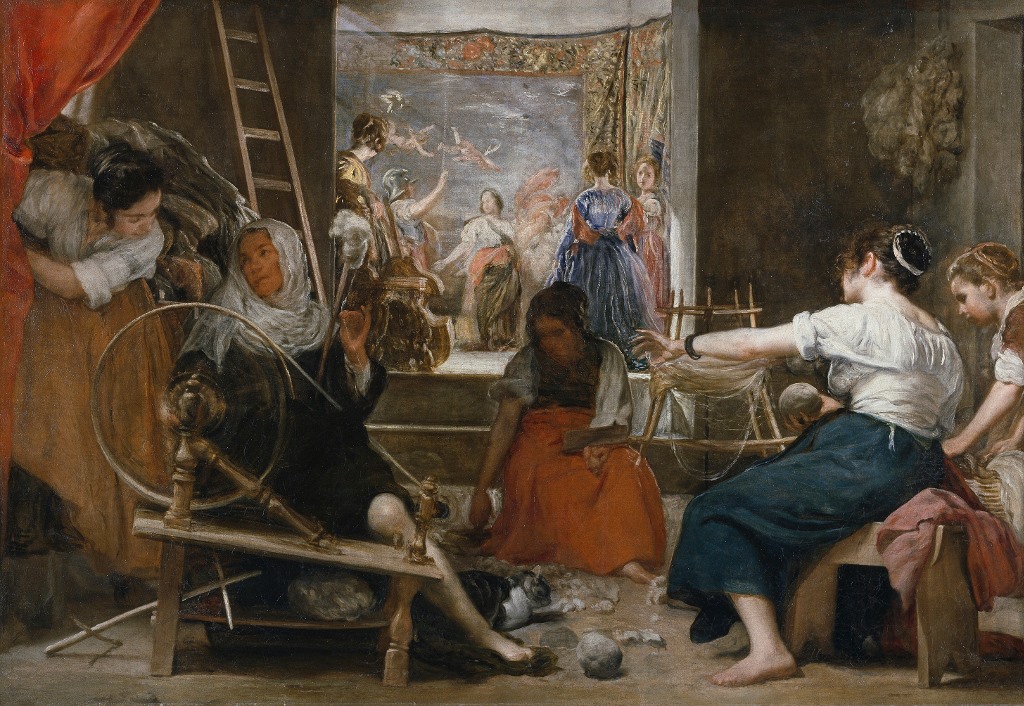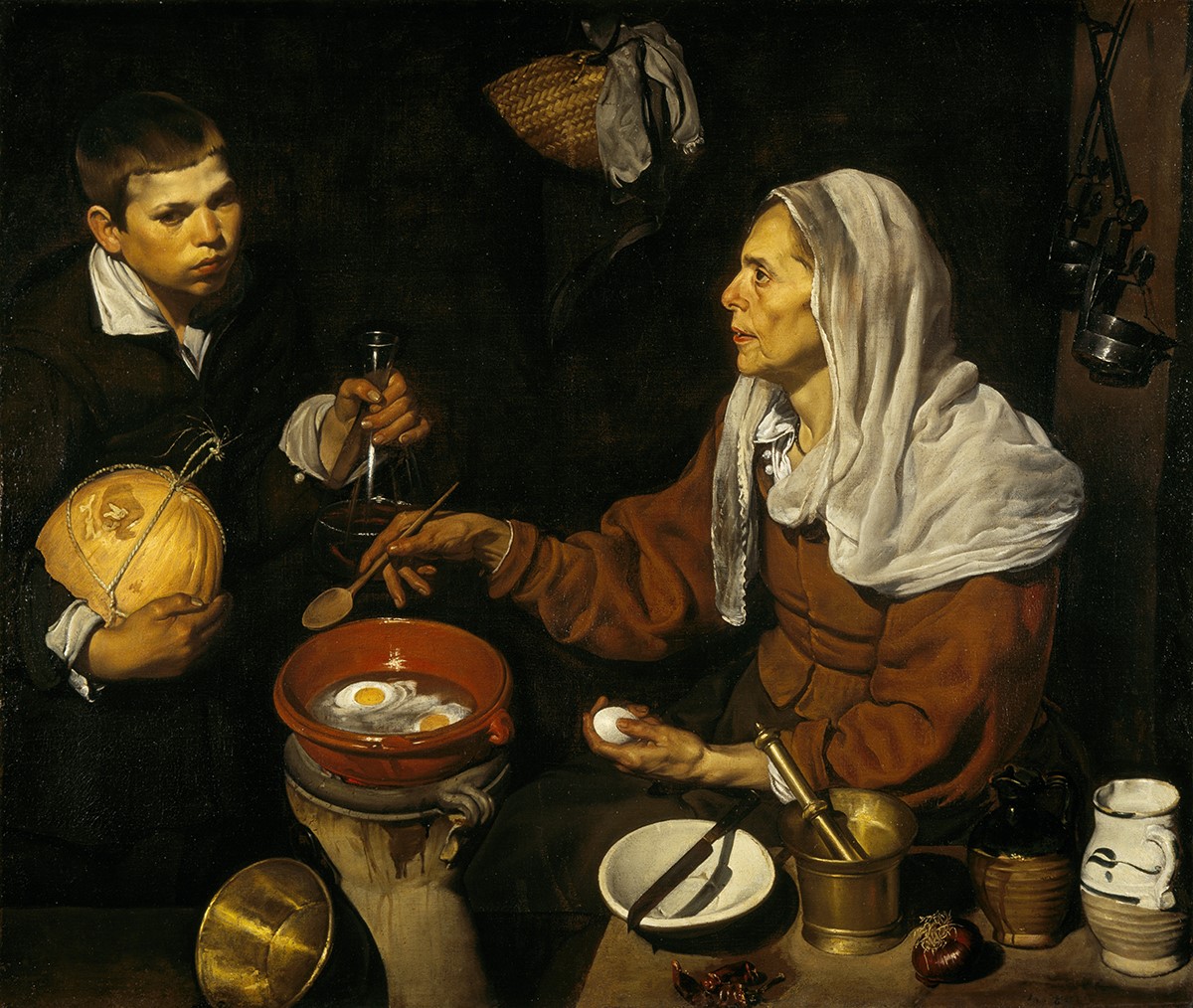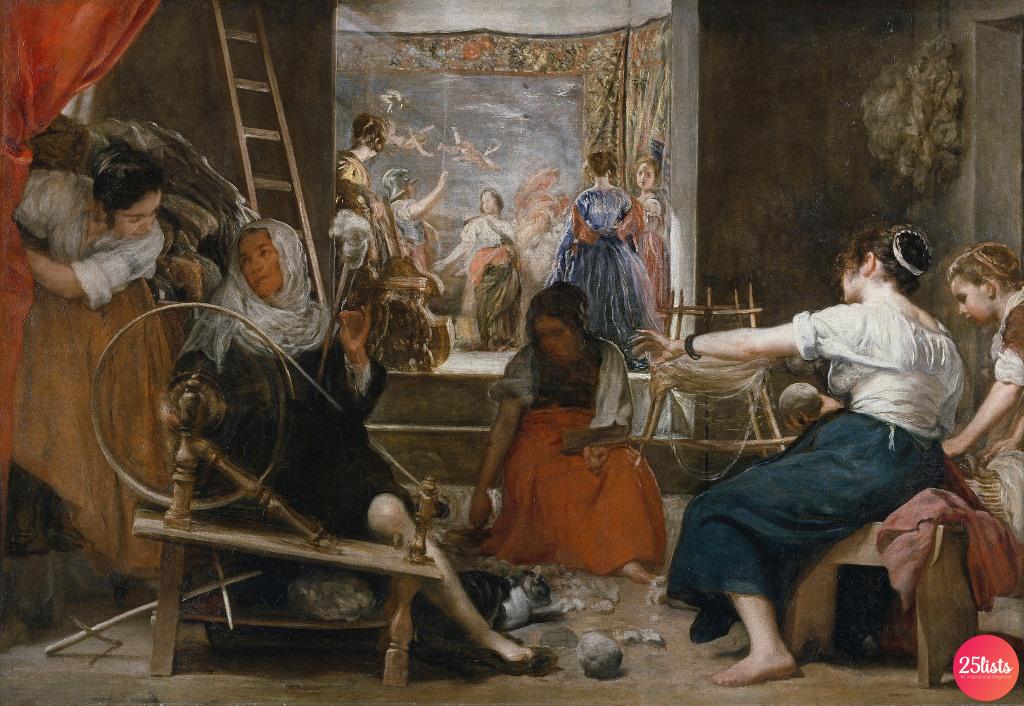Known as one of the greatest artists of the Baroque, Diego Velázquez was a great portrait painter. Remembered for his masterpiece “Las Meninas”, here is the story of the great 17th century Spanish painter who became a model for artists such as Pablo Picasso or Manet.
Who was Diego Velázquez
Diego Rodríguez de Silva y Velázquez (Seville, 6 June 1599 – Madrid, 6 August 1660) was a Spanish painter. He grew up in Andalusia together with his father, a lawyer and the mother of the Spanish nobility who, as usual, left him his surname. They are passed on to him in the family Catholic teachings and is trained in linguistic and philosophical subjects. However, he realizes that he is passionate about art and so he begins studying at the studio of Francisco Herrera the Elder.
At the end of his period in this studio, he began his apprenticeship with Francisco Pacheco who, despite being considered a simple painter with no particular skills, taught him techniques of realist art. He manages to build a good reputation and creates fairly famous works that make him stand out for his incisive trait.
Diego Velázquez and the protection of the king
He moved to Madrid in 1622 and here he began to deal with portraiture.
A few months later the painter died at the king’s court and so Velazquez was ordered to present you to the court of Philip IV of Spain. He is commissioned a series of paintings including the portrait of the king made in 1923. This acclaimed painting is lost, but the Prado Museum in Madrid owns others made by the painter. He also collaborates with Pieter Paul Rubens when he is asked to paint the portrait of Isabella.

Several years later he undertakes a I travel to italy deciding to spend a year and a half of his life on it. During this first stay he has the opportunity to develop a personal pictorial style by enjoying the incentives offered by the crown. He then returned to Spain for a period, continuing to devote himself mainly to portraiture, remaining at Filippo’s disposal even during his travels. In 1649 he returned to Italy, moving between Milan and Venice and buying paintings by great authors like Titian or Tintoretto. Among the best known works of this period are the portrait of Pope Innocent X and the portrait of his servant Juan de Pareja.
The great successes of Diego Velázquez
After his second stay in Italy, however, the time comes for him to return to Filippo’s court. With the death of Isabella of Bourbon, Maria Anna of Austria becomes the new palace woman to be portrayed. In this time he creates some of his best works suggesting an inexhaustible talent and a rare privilege. In fact, he manages to avoid the censorship put in place by the Inquisition by creating the nude “Venus Rokeby”.

Being a protected painter in Spain was not easy, it was necessary to hide under the wing of the crown or the Church. Among his latest successful works remember “The spinners (The tale of Arachne)” considered a real work of art that contains the entire life experience of Velazquez. To this are added the numerous portraits of children of the king and that of the infanta Margherita.

